Renault Nissan Mitsubishi Alliance will bring 35 new EVs by 2030
The Renault Nissan Mitsubishi Alliance has announced further details of its future carbon-neutral business roadmap – Alliance 2030. Among many, one of the biggest announcements of this roadmap is an investment of up to €23 billion over the next five years towards electrification.
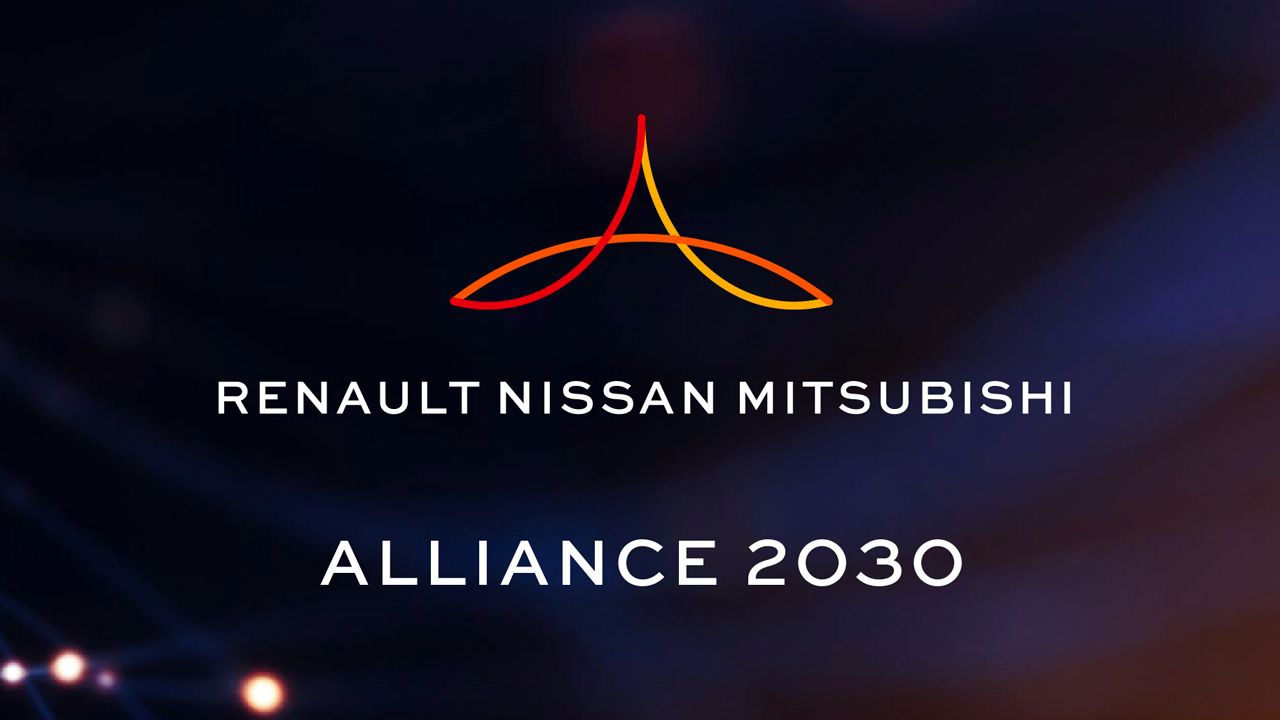
The Alliance 2030 model not only focuses on developing new EVs on shared platforms but also on reducing battery costs.
After announcing some major restructuring plans back in 2020, the Renault Nissan Mitsubishi Alliance has announced further details of its future carbon-neutral business roadmap – Alliance 2030. One of the biggest announcements of this roadmap is an investment of up to €23 billion over the next five years towards electrification. This will give birth to 35 new EV models by 2030. Moreover, expect 90% of these models to be based on five common EV platforms – CMF-AEV, KEI-EV, LCV-EV, CMF-EV, and CMF-BEV.
While the CMF-AEV is touted as the most affordable platform in the world, it will serve as the base for the new Dacia Spring. The KEI-EV mini-vehicle platform family, meanwhile, will be reserved for ultra-compact EVs.
The CMF-EV platform – claimed to be the Alliance's benchmark creation – underpins the Nissan Ariya EV crossover and Renault Megane E-Tech Electric. By 2030, more than 15 models will be based on the CMF-EV platform, with a production aim of up to 1.5 million cars per annum.
The last of the lot, the CMF-BEV architecture, will make its debut in 2024. It will underpin the upcoming Renault 5, as well as the new unnamed model from Nissan, which will replace the Micra.
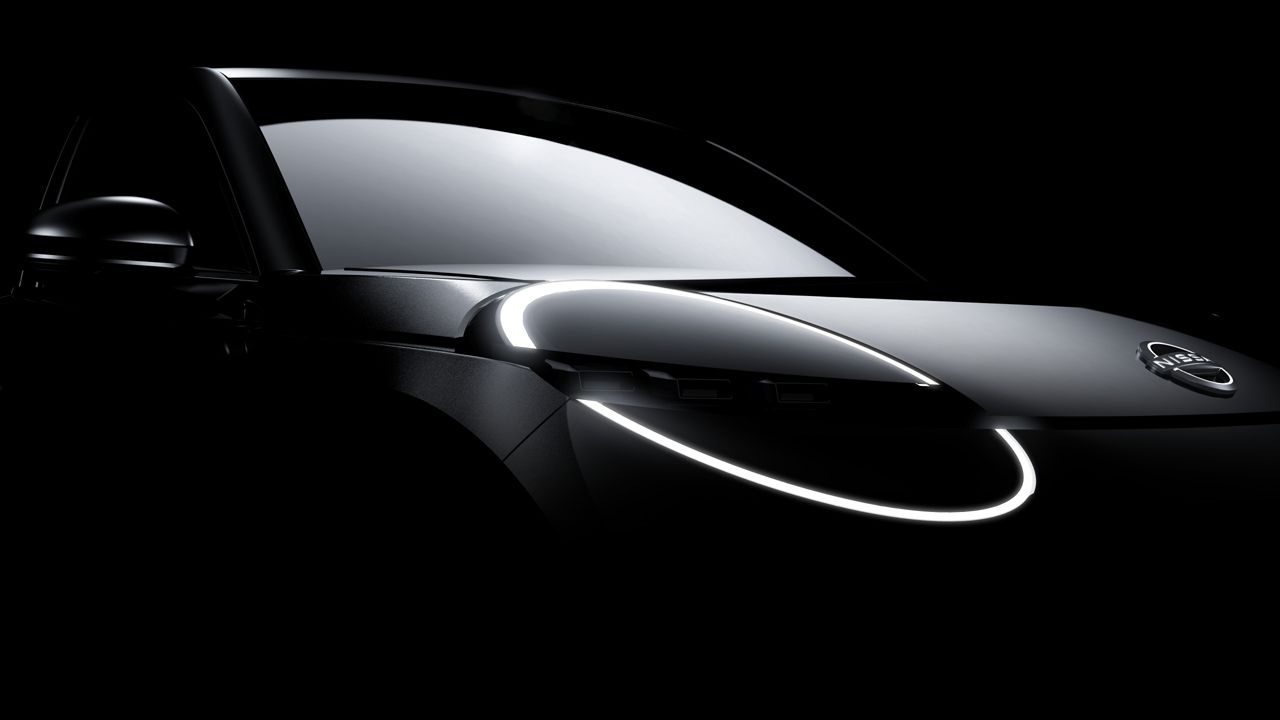 Designed by Nissan, to be engineered and manufactured by Renault on the Alliance's CMF-BEV platform, the upcoming successor to the Nissan Micra has been officially teased.
Designed by Nissan, to be engineered and manufactured by Renault on the Alliance's CMF-BEV platform, the upcoming successor to the Nissan Micra has been officially teased.
Apart from focusing on EVs based on shared platforms, the Alliance is also working towards reducing battery costs by up to 50% in 2026 and 65% by 2028. With this approach, by 2030, the Alliance aims to achieve a total of 220GWh of battery production capacity for EVs across its key production sites.
Under Renault’s leadership, the Alliance is also developing a common centralized electrical and electronic architecture. So, expect the Alliance to launch its first fully software-defined vehicle by 2025.
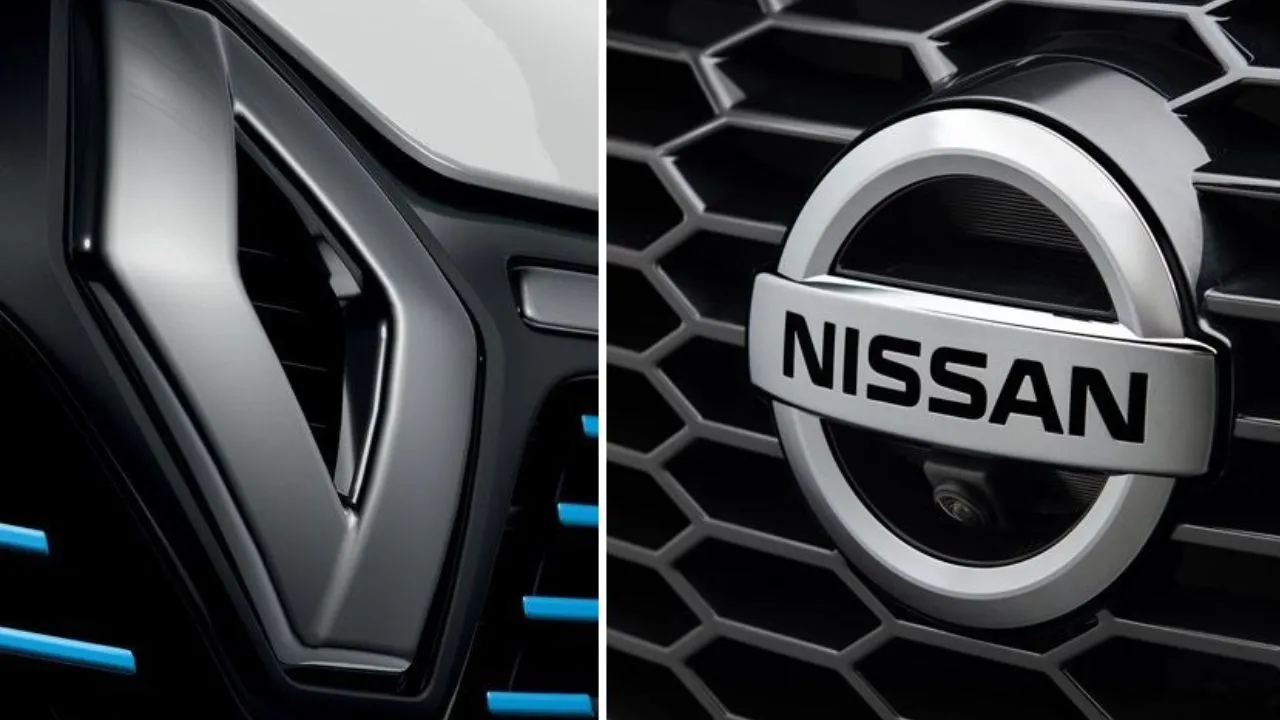

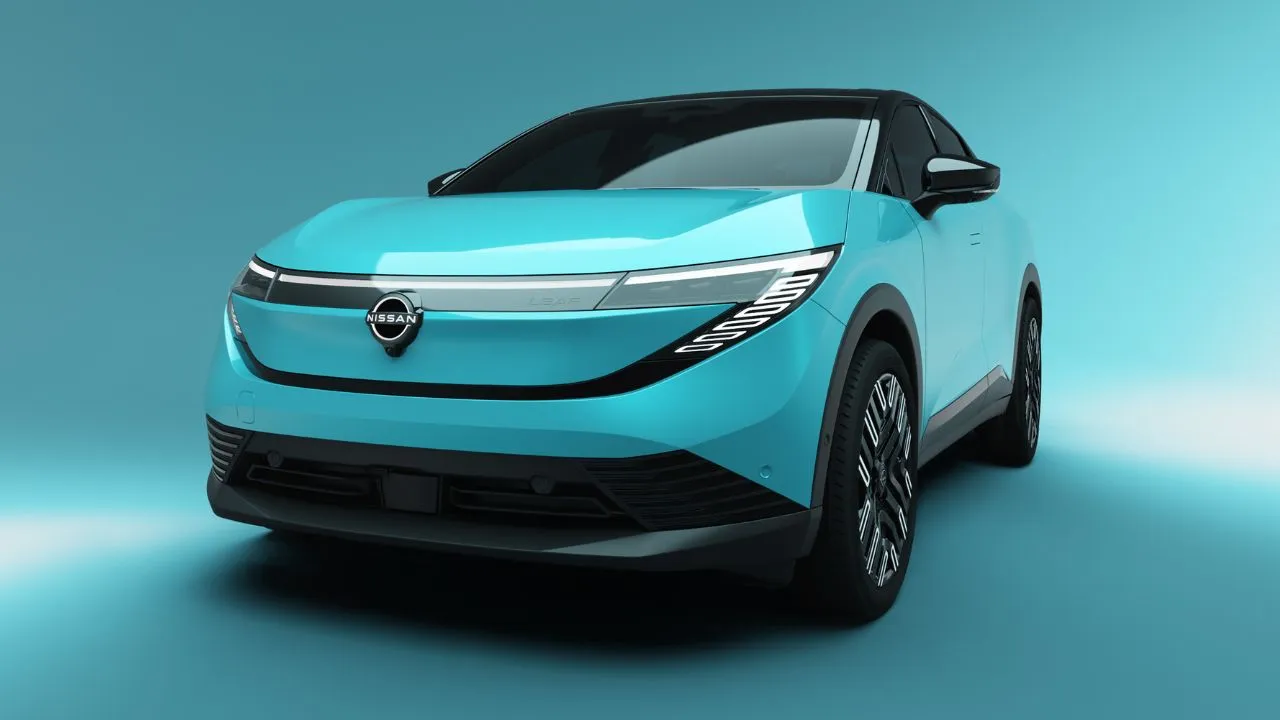
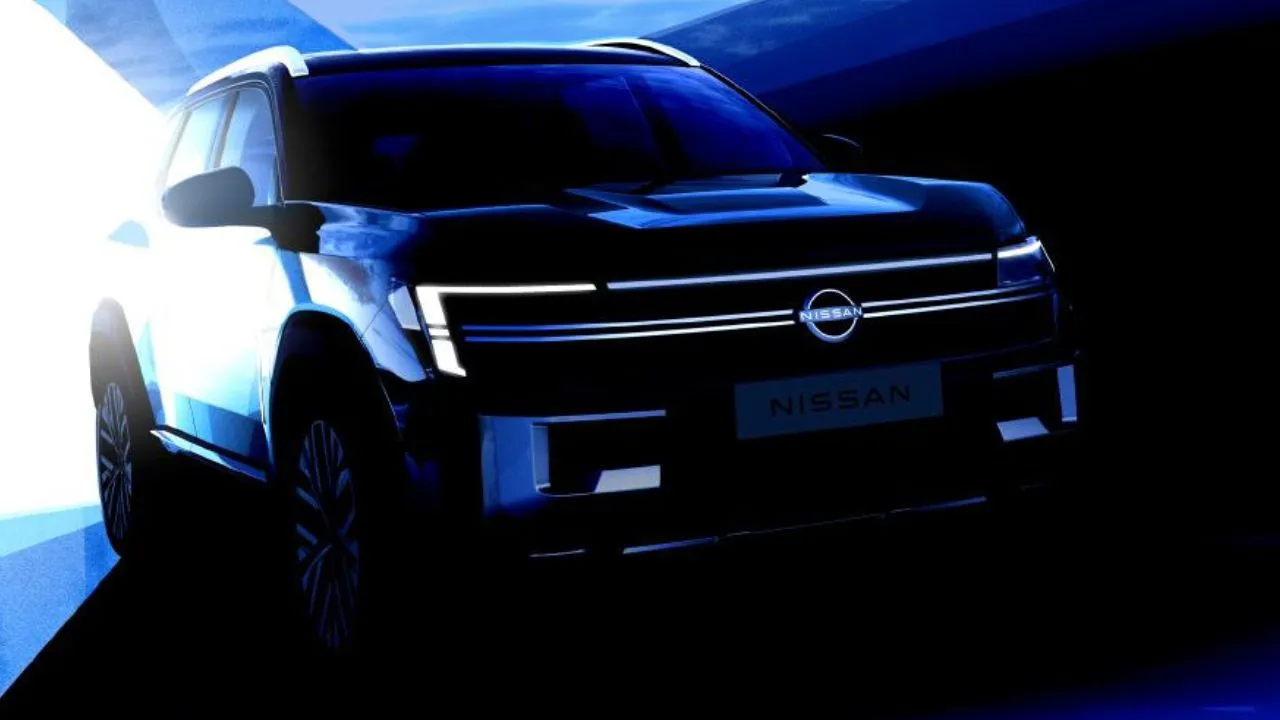
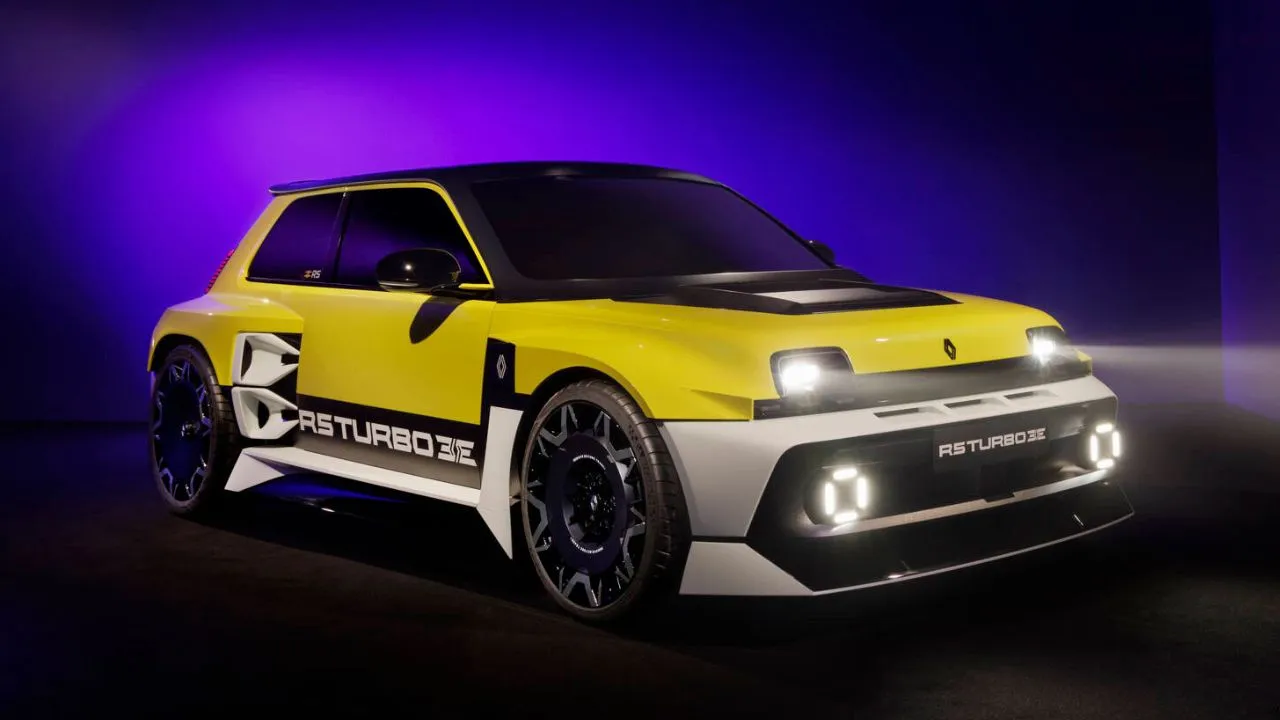




















Write your Comment on